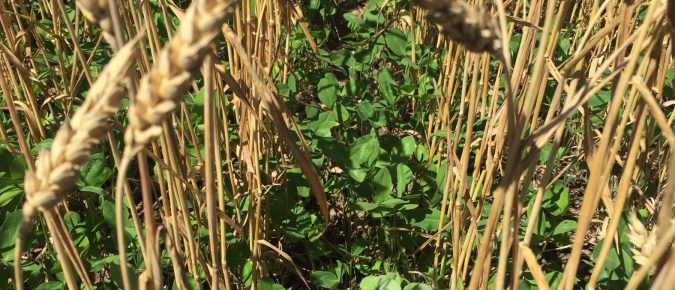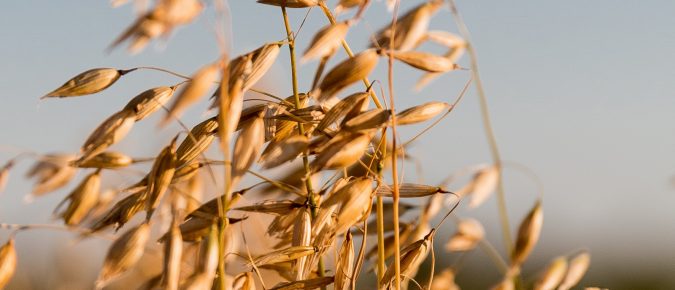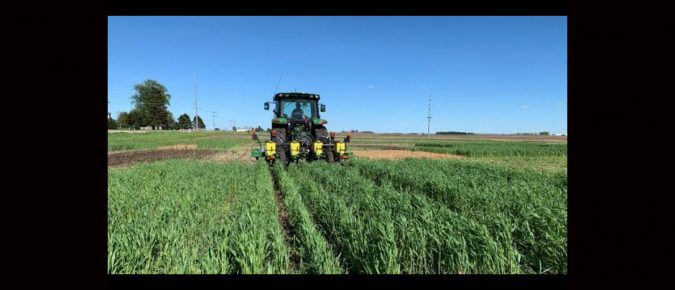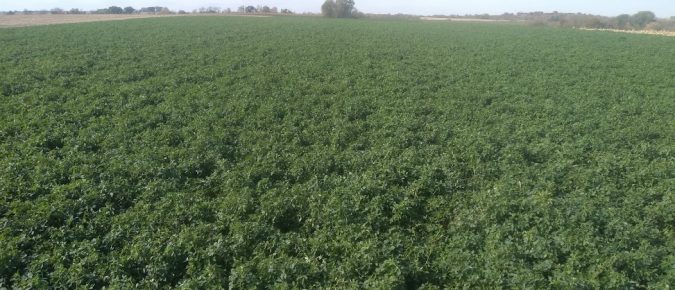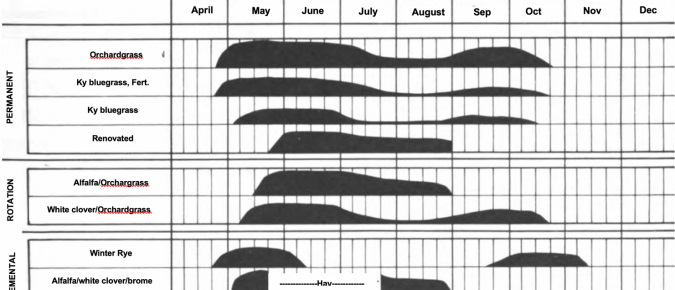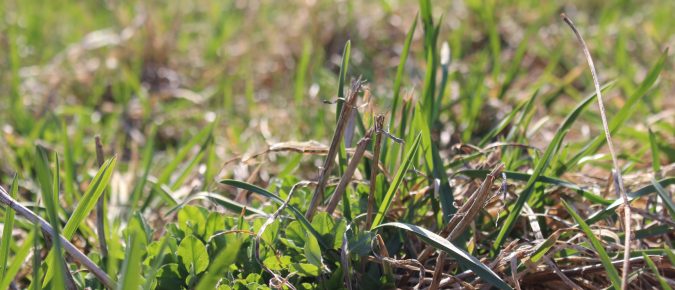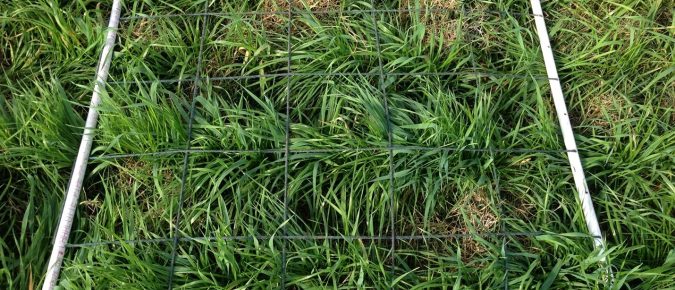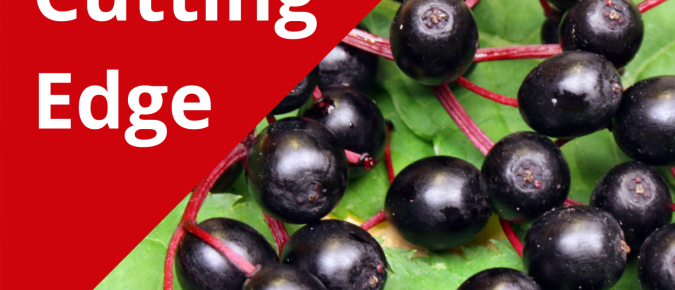Articles
What can legumes do for you?
Learn about the benefits of incorporating legume cover crops after winter wheat in a crop rotation.
Can we have it all? Planting Green for Weed Control
Learn about cover crop termination timing, residual herbicides, and yield through research being conduction at UW-Madison that investigates the impact of fall-seeded cereal rye cover crops on weed control in corn and soybean fields in Wisconsin.
Small Grains, Big Gains
Learn about the crop rotation benefit of including a small grain, variety selection, planting guidelines, and nutrient and pest management practices.
Do cover crops effect residual herbicides
Learn about UW-Madison research experiments that evaluate the value of cereal rye cover crops in non-GMO, food-grade soybean.
What species work best for Frost Seeding?
UW-Madison Extension provides tips for surface broadcasting of seed in late winter or frost seeding, which is a common practice that minimizes equipment expenses and erosion concerns over tillage practices.
Spring Grazing Challenge
UW-Madison Extension provides tips for preparing pastures for grazing in the Spring.
Choosing a Pasture species or Mix for Spring Planting
UW-Madison Extension provides guidance in management and adaptation aspects of choosing and using forage grasses or legumes in rotation with productive fields of cultivated crops, or keeping erodible land in permanent grass/legume pasture
Easy Transition to Spring Pastures
UW-Madison Extension provides several strategies that can ease the transition into spring, and help you avoid common mistakes associated with going too fast from dry, austere hay feeding to lush green grass grazing.
Ryegrasses for Pastures
UW-Madison Extension provides information about using various types of annual and perennial ryegrasses as cool-season forages that make for a good addition to a pasture mix.
The Cutting Edge Podcast Episode 24: Elderberry
Join Mike Breckel an elderberry farmer from Vernon County and Dr. David Handley, Fruit Crop Specialist from the University of Maine Cooperative Extension as they discuss production and marketing potential of elderberry.

